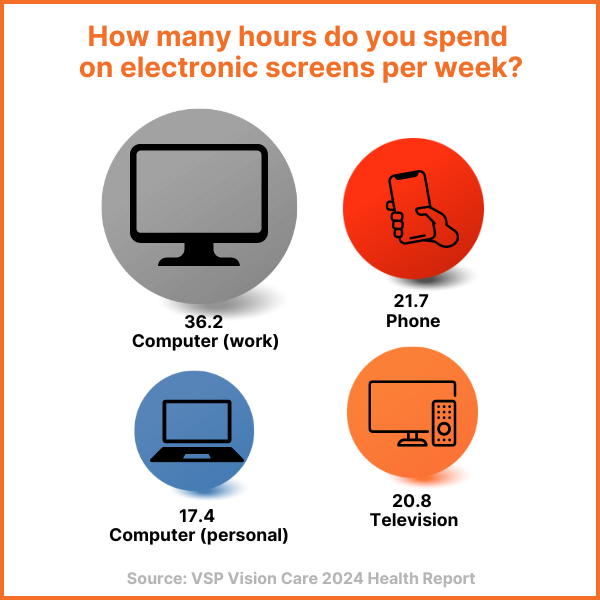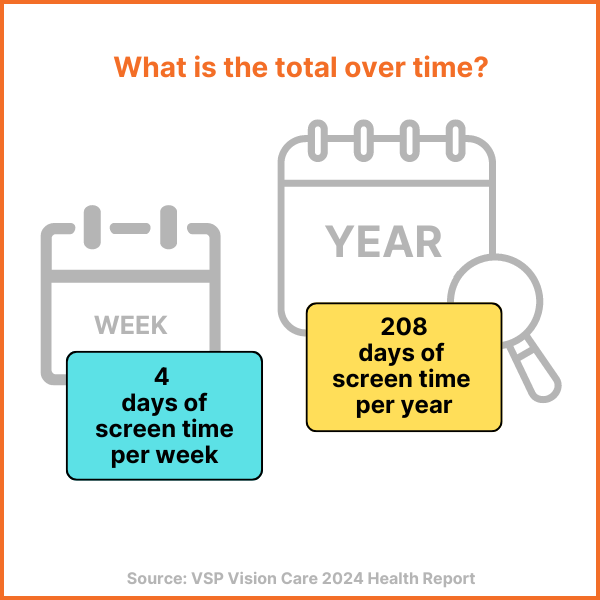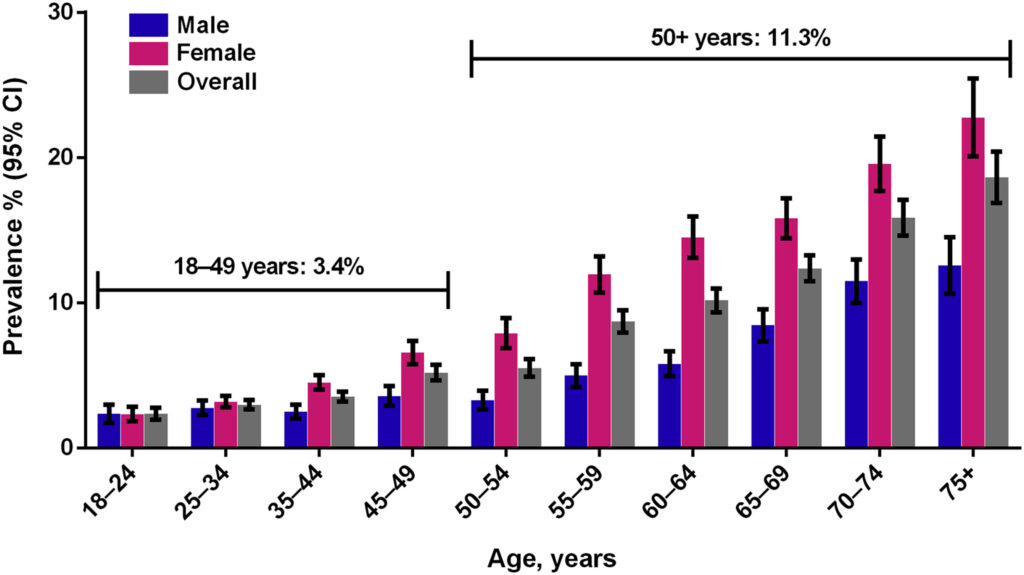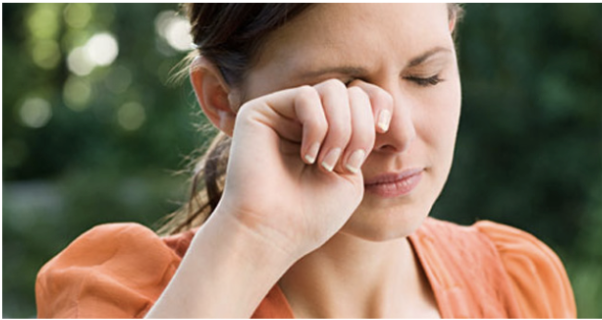What is Dry Eye?
More than 50 million Americans suffer from the symptoms of dry eye. About 20 million Americans have dry eye disease: scratchy eyes that can cause redness, burning, irritation, or a gritty or otherwise dry, uncomfortable feeling. Dry eyes can also lead to vision problems, such as fluctuating or blurred vision and sensitivity to light that can interfere with everyday tasks dependent on the eyes, such as reading, driving, or even watching TV.
Eyes are the one of the most vulnerable organs in the body since they rely heavily on moisture to function properly. The eye’s tear film is a protective barrier against dust and debris. Made up of water, mucus, and oil, the tear film constantly replenishes itself through blinking and tear production.
When we blink less, the glands in our eyelids may not produce as much oil as they should. This oil helps keep tears from evaporating, and drying out your eyes. When the eyes become dry, the tear film can break down, leading to itching, burning, and redness.
Why are we blinking less, or succumbing to dry eye?
Lifestyle and Environmental Conditions
If you wear contact lens, are viewing a computer screen for hours on end, sensitive to allergies, or exposed air pollution, dry eyes can be a result. In fact, extended viewing of screens — whether television, laptops, or smartphones — can cause you to blink much less than the eyes were intended to blink.


Medical Conditions
If you suffer from type 2 diabetes, autoimmune diseases like rhematoid arthritis, Sjögren’s syndrome or lupus, you may be more likely to suffer from dry eye. In a recent Sjögren’s Foundation survey of Sjögren’s patients, dry eye was a symptom for 92% of patients. The condition primarily affects women, with approximately 90% of patients being female.
According to the Review of Optometry, dry eye can be caused by many commonly used medications, affecting how much or how well your tears work. Antihistamines used to treat allergies and decongestants for colds can reduce tear production. Antidepressants which influence brain chemicals can dry out your eyes. Beta blockers, typically prescribed for heart conditions, and diuretics, used to manage high blood pressure, can both decrease the overall fluid in your body, leading to less tear production.
Even common over-the-counter painkillers like aspirin and ibuprofen can cause dry eye when used frequently or in high doses.
Demographics
Aging, pregnancy, menopause can cause tear production to diminish. (American Academy of Ophthalmology/see chart below)

Treatments
Recommended treatments include use of a warm compress or eyelid cleaners to treat contributing eyelid or ocular surface inflammation and eyelid cleaners. Applying heat to the eyelids promotes the natural flow of essentials fluids to help protect your tears. Cleaning debris and bacteria on eyelids helps prevent irritation. Drinking plenty of fluids is important to keeping dry eye at bay.

